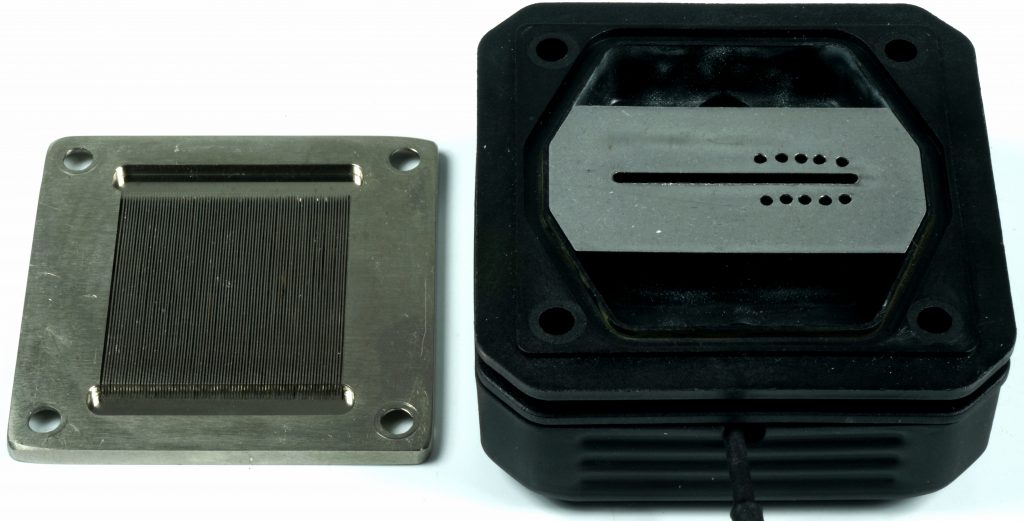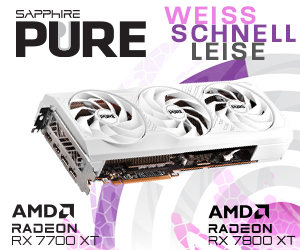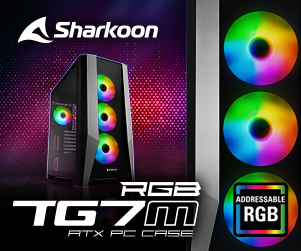Modifications to the injection diffuser (blades)
So good, so beautiful. I will try to focus the flow inside the CPU more or less on the side where the chiplets (and therefore also the hotspots) are located. I have tested several variants here, which I would like to introduce now. The first one is a simple redistributor, which only slightly influences the water flow and it ends in a spray variant not unlike a shower head. I then summarized in a table how well each variant performs.

In order to divert the water even more strongly, a kind of slit nose should function directly under the inlet. However, this variant certainly creates a lot of vortices.

One can also regulate the amount of water by the size of the inlet above the cooling plate, whereby the total pressure on the plate might decrease a little.

The holey variant does generate more inlet rays, but it won’t really convince, will it? At least it looks very technical at first and would also be a marketing gimmick for PR.

Each variant, including the original, I ran for 15 minutes at 125 watts of produced waste heat and also monitored and logged the delta between the water temperature and the return value of the CPU temperature (Tctl) calculated by AMD. In the following table you can see the average values over the entire measuring time of the respective variants compared to the original and at different flow rates as temperature value Tctl in °C (commercially rounded to full degrees)
| 40 l/h | 80 l/h | 120 l/h | 600 l/h | |
| Original | 57 °C | 55 °C | 54 °C | 54 °C |
| Variant 1 | 57 °C | 55 °C | 54 °C | 54 °C |
| Variant 2 | 55 °C | 54 °C | 53 °C | 53 °C |
| Variante 3 | 56 °C | 54 °C | 54 °C | 54 °C |
| Variante 4 | 57 °C | 56° C | 55 °C | 54 °C |
| Original 90° Rotated |
58 °C | 56 °C | 54 °C | 54 °C |
We see, the result is quite sobering and an optimization would be worthwhile, if at all (variant 2), then only for systems with a water flow rate of 40 l/h (and less)! Everything else disappears in the range of possible measuring tolerances or is simply not worth the effort! Of course, this series of measurements also concerns an almost optimally designed cooler (but you have to overlook its appearance benevolently), so that there could have been even greater differences if the inner workings had not been optimally designed.
The turning of the original water block brought a marginal deterioration, which only occurs at lower flow rates and which is so marginal that this could easily be neglected. But where do the differences of up to 4 Kelvin (degrees) mentioned in the video linked at the beginning come from? The next but one chapter gives a revealing answer.
Moving the entire intake (Intake)
Finally, I simply took the drill and injected the water directly into the hotspot side in connection with variant 3, which proved to be the best solution for this type of water supply. I closed the old, central inlet with a plastic flap and some hot glue (picture below).
But also here the result is the same as in the test with the different blades. If something can really be measured, then only at a lower throughput and then only to a modest extent.
| 40 l/h | 80 l/h | 120 l/h | 600 l/h | |
| Original | 57 °C | 55 °C | 54 °C | 54 °C |
| New Intake |
55 °C |
54 °C |
53 °C |
53 °C |
Exception: AiO compact water cooling
All-in-one solutions here are rather problematic and due to their design, larger deviations in rotation may occur. The main trigger is the usually significantly smaller area of the microchannels, because most AiOs are optimized for smaller CPUs (e.g. socket 1151) or hotspots, which is of course also a cost issue. In addition, there is the usually ample leeway that the mounting systems still allow, so that an optimally centered positioning is often enough a real gamble. A few millimeters can make an extreme difference in the cooling performance of these new Ryzen CPUs!
Lucky is the one whose AiO is attached to AMD’s original mounting kit and attached to the noses. This at least results in a clear and reproducible positioning. Why this is so important is shown by the following two graphics, which also illustrate where the “dead” areas are where no water flows for cooling or where the surface sinks drastically due to the missing channels. The graphic on the right shows the cooling rotated by 90 degrees:


It is easy to see that each additional offset caused by a non-central mounting can also cause an increase in the area that is not actively cooled. Exactly these values are the ones that can make a difference of up to 4 Kelvin and more.
Summary and conclusion
The Ryzen is significantly larger than the Intel CPUs for the 1151 socket with its dimensions. The fact that there were no visible performance losses to report in the past is solely due to the fact that the hotspot was always located more or less centrally, even though the elongated die of a Ryzen 7 2700X was a bit more difficult when air coolers with a direct heatpipe touch were rotated by 90 degrees. In Ryzen’s third generation, however, the dies have migrated to the outside, which generally requires a larger water block (or cooler base).
A good water block always performs optimally when the channels, i.e. the actively cooled area, cleanly cover the hotspot. Then the flow direction inside plays only a minor to no role at all. The fact that I was able to measure anything at all during the redesign of the water blocks is probably more due to the increase of the flow rate on the affected areas than to an overridden physics (which is not possible at all). Because with more than 40 l/h such a measurement turns out to be a laborious laboratory work with meticulous control of the water temperatures and power loss in order to be able to get out of the tolerance range at all.
Therefore it can be said that it is much more important to exert the pressure evenly, to ensure sufficient flow and, if necessary, to practice playing with the heat conducting paste until one has perfected it. However, one should prefer water blocks which are also suitable for the base 2066 due to their inner size (actively cooled surface used for water channels!). Then it also works with the Ryzen, no matter in which position. The main thing is overlapping. Then a good, already available cooler is completely sufficient!
The AiO compact water coolers, on the other hand, are such a thing, because here it will fail with many models due to the much smaller cooling surface and also often much too inaccurate positioning. You are at least on the safe side if you can use a very defined mounting (e.g. AMD’s original mounting) or if you inform yourself in advance about the compatibility to the CPUs. An AiO that, for example, doesn’t get a good 200 watts away on the 2066 socket, can then be ruled out in general. Only that unfortunately only few such tests can be found on the net.
See this review also as video (in German):


































Kommentieren